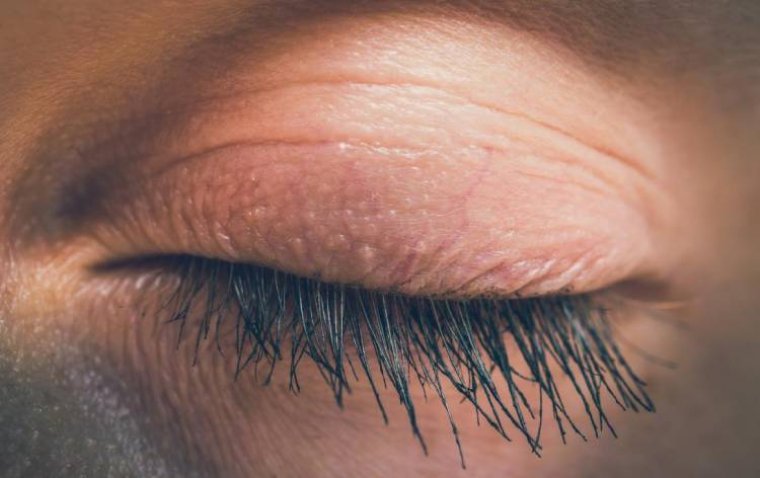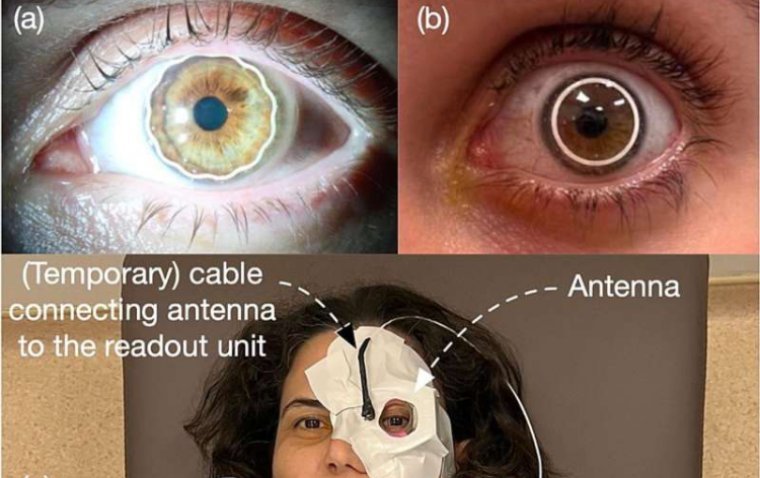
Stem Cell Breakthrough Restores Human Vision in Regenerative Medicine Milestone
In a groundbreaking achievement, researchers from Osaka University in Japan have successfully conducted the first human trial using induced pluripotent stem-cell-derived corneal epithelium to treat limbal stem cell deficiency (LSCD). This innovative approach marks a significant advancement in vision restoration for patients with severe ocular conditions.
Understanding Limbal Stem Cell Deficiency and Its Impact on Vision
Limbal stem cell deficiency (LSCD) occurs when the cornea's edge loses its functional adult stem cells, impairing vision. Normally, limbal stem cells repair the corneal surface by differentiating into corneal epithelial cells. When these cells are absent, fibrotic conjunctival tissue invades the cornea, causing vision impairment and, eventually, vision loss.
Traditional treatments often involve grafts from a healthy eye or donor corneas, but these approaches carry risks like immunological rejection and may require removing healthy tissue.
Study Details: Stem Cell Transplantation for LSCD
The Osaka University-led study, titled "Induced pluripotent stem-cell-derived corneal epithelium for transplant surgery: a single-arm, open-label, first-in-human interventional study in Japan," was published in The Lancet. Researchers transplanted iPSC-derived corneal epithelial sheets (iCEPS) to treat LSCD, offering a new avenue for regenerative eye care.
Treatment Approach and Patient Outcomes
• Patient Selection: Four LSCD patients participated in the study.
• Procedure: Researchers removed fibrotic tissue and transplanted allogeneic iCEPS onto the affected eyes. Surgeries were conducted without human leukocyte antigen (HLA) matching.
• Immunosuppression: Half of the patients received low-dose cyclosporine to prevent organ rejection, while the others received only corticosteroids.
After two years, no severe adverse events were reported, and minor events were managed without lasting effects. All four patients saw significant vision improvements, with three showing disease regression to less severe stages. Quality-of-life assessments mirrored these visual improvements, with three patients reporting enhanced scores.
One patient with a more severe underlying condition initially improved but returned to baseline after one year. The study noted better outcomes in patients receiving low-dose cyclosporine, suggesting that minimal immunosuppression might trigger subclinical immune rejection.
Innovative Cultivation Technique for iCEPS
The iCEPS were cultivated using a specialized technique that replicates aspects of natural eye development, producing functional corneal cells that maintain structural integrity and reduce immunogenicity. This approach may eliminate the need for HLA matching and extensive immunosuppression required in traditional grafts.
Significance and Next Steps in Regenerative Ophthalmology
This successful trial represents a major therapeutic advancement in regenerative medicine for eye care, overcoming limitations in current LSCD treatments. The Osaka University team plans to initiate a larger multicenter clinical trial to further validate these promising findings and explore broader applications for iCEPS transplantation.
Resource:
Takeshi Soma et al, Induced pluripotent stem-cell-derived corneal epithelium for transplant surgery: a single-arm, open-label, first-in-human interventional study in Japan, The Lancet (2024).
https://www.thelancet.com/journals/lancet/article/PIIS0140-6736(24)01764-1/fulltext
(1).jpg)










